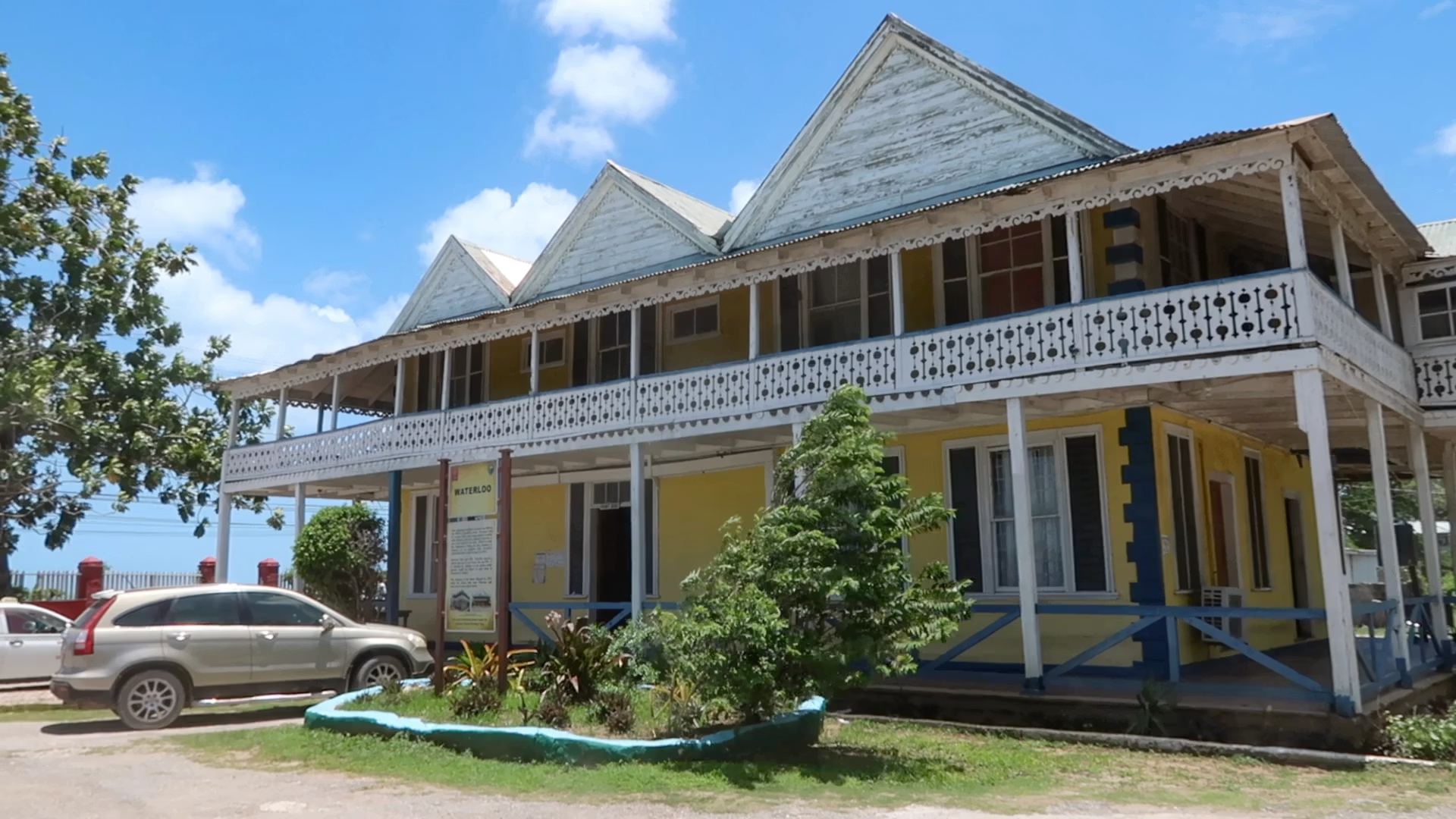Unleashing a 13-ft storm surge and winds of 185mph, Hurricane Melissa struck Jamaica on 28 October. It was the embodiment of an oxymoron, the name Melissa connoting a bland, vanilla or milquetoast disposition—not the logical name for a Category 5 superstorm.
For a force field carrying the fastest winds ever experienced in these parts, Melissa moved at the pace of a sleepy snail, progressing at 5mph at her fastest. She dithered and wavered, not seeming to know where to strike the island of Jamaica first, leading some to refer to her as “waltzing Melissa”. But when she finally landed, making her leisurely but deadly way across the Western third of the island, Melissa laid waste to both precarious homes—at least 45 people died because of the storm—and most of the heritage buildings and museums in that part of Jamaica.
Jamaica’s largest museums are in the capital city of Kingston, 100 miles to the east of Melissa’s eye, so they were spared, suffering a little water damage at most. But places like Accompong, home to Jamaica’s fabled Maroon community, were razed by the storm. The roof of the Accompong Maroons Museum and Community Centre, known as Kindah Tree, flew off along with the roofs of 80% of the settlement. Kindah Tree is a site associated with the signing of the 1739 Maroon treaty with the British.
Small communities such as Seaford Town in Westmoreland, a hillside hamlet housing the descendants of Germans brought to Jamaica as indentured labourers more than a century ago, have no public buildings left standing. The German government was helping erect a museum to document the history of this unique group of Jamaicans and hopes that some of the archives, at least, have survived.
The remains of Waterloo House in Black River Photo: Irina Bruce
But places like Accompong, Seaford Town and Jamaica’s famous Cockpit Country are living museums in themselves. Their inhabitants are valuable organic archives of Indigenous knowledge and ways of life, reflecting the unusual history of these places in the way they talk, cook, sing and dance. With so many of these people traumatised by Melissa’s hostile winds, the very culture of the deepest, darkest, most precious recesses of Jamaican life are threatened.
The Rastafari Indigenous Village, which bills itself as “a sanctuary of Afro-Indigenous wisdom, herbal healing, regenerative culture and sacramental reverence”, has been decimated by Melissa and, like many other community projects, has launched a GoFundMe campaign.
But Melissa also seems to have had a decolonial mission. Her rallying cry might as well have been “Colonial buildings must fall!”, as her winds efficiently and brutally took down 200-year-old churches, historic homes and colonial buildings that had withstood nature’s hostile outbursts for more than a century. Falmouth, known for its Georgian architecture, has lost several of its signature buildings—their symmetry, proportion and classical 18th-century details violently dismantled or rearranged by the storm.
Black River is another town that suffered the brunt of Melissa’s landfall and journey north. Visible on a map from 1685, the town was second only to Kingston in the 18th and 19th centuries. It was reputed to have had electricity long before other places in the Western Hemisphere but has been in total darkness since Melissa passed through, with no estimate of when electricity might return. Black River was one of the places in Jamaica where one could still find beautiful old colonial buildings painstakingly maintained by their owners or the government. Practically none of them has been left standing.

Waterloo House before the storm Photo: Irina Bruce
One of the most iconic buildings in Black River was Waterloo House, a mansion built in 1819 and named after the 1815 Battle of Waterloo, in which Napoleon Bonaparte was defeated by the Duke of Wellington. Originally built by a branch of the Shakespeare family, the house went through several owners before it landed in the hands of John Leyden, a racehorse owner and logwood merchant from England. Waterloo House was the first private residence in Jamaica supplied with electricity. Converted into a guest house in 1972, this landmark property no longer exists thanks to Melissa.
Local history enthusiasts were incensed when another colonial building, a site they had hoped to convert into a museum, was first ravaged by the hurricane and, the following day, demolished by parish council bulldozers, making the possibility of rebuilding or restoring it a remote dream.
But there is some ambivalence about the loss of such heritage sites, with Rastafarian historians such as Robin “Bongo Jerry” Small arguing that colonial heritage sites represent the history and culture of a minority population in Jamaica and are symbols of “extractive empire”. Small feels that the outpouring of grief at their loss is misplaced, a sentiment echoed by other Jamaicans.
In addition to the visible, calculable damage wrought by Melissa’s fateful visit to Jamaica, nearly $9bn and counting according to the World Bank, the hurricane has exposed deep underlying fissures and fractures. This is not surprising for a country with a history of colonialism and enslavement—human-made catastrophes from which its people have yet to recover centuries later.
- Annie Paul is a writer and the editor of PREE, an online magazine focused on the Caribbean
